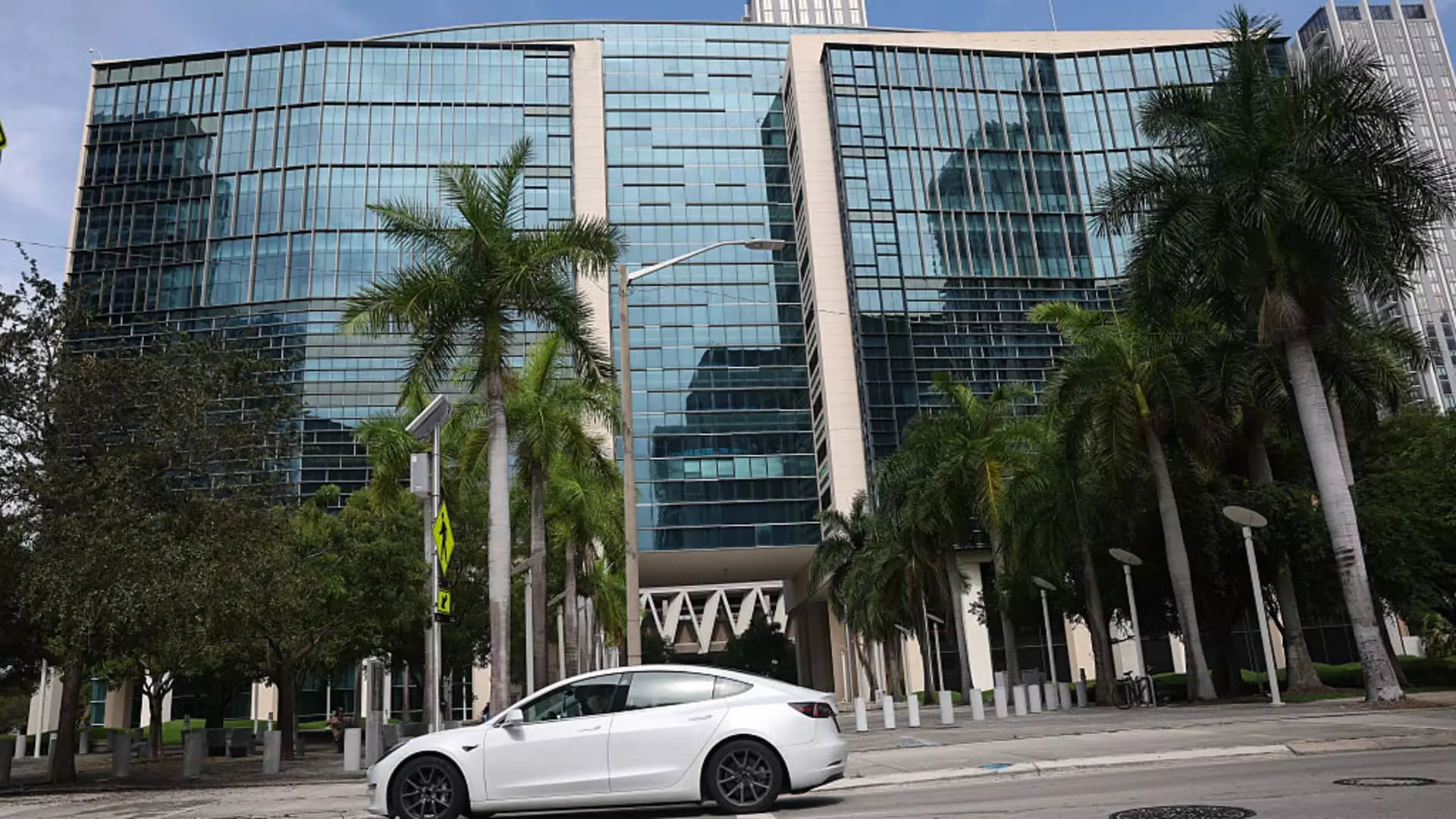The current trial against Tesla marks a turning point in how society perceives the promise and peril of autonomous driving technology. While the industry touts automation as the ultimate solution to road safety, this legal confrontation exposes the stark realities of overestimating such systems’ capabilities. Tesla’s Autopilot, often marketed as a breakthrough, appears increasingly susceptible to being seen as a false promise—an alluring yet ultimately deceptive tool that might lull drivers into a false sense of security. The case’s significance transcends individual blame; it underscores a critical reckoning with shifting trust placed in automated systems, which may be dangerously premature.
The plaintiff’s push for damages totaling approximately $345 million exemplifies the gravity of the issue. This isn’t just about a tragic loss or a tragic injury—it’s a confrontation with systemic questions about corporate responsibility, transparency, and the ethics of marketing semi-autonomous technology. Tesla’s aggressive promotion of Autopilot, along with the claims made by Elon Musk himself, arguably fostered an environment where drivers believed they could delegate full attention to the vehicle. The outcome, as this case reveals, is often far from the rosy picture painted on social media or in promotional videos. It raises an internal question about whether Tesla truly understood—or admitted—the limitations of their autopilot systems or whether they prioritized market share and shareholder returns over safety.
The Dangerous Myth of Driver Autonomy and Corporate Deception
Tesla’s stance during the trial further illuminates a troubling dichotomy: on one hand, claiming ongoing improvements and commitment to safety; on the other, allegedly downplaying inherent limitations and encouraging overreliance. The evidence suggests that Tesla’s marketing campaigns created an illusion that Autopilot was close to fully autonomous, leading drivers to believe they could step away from the wheel altogether. This is where the most dangerous misinformation persisted.
Indeed, the incident involving George McGee, who was using Enhanced Autopilot while distracted, demonstrates the disastrous consequences of confusing technological capabilities with true driver autonomy. The driver’s assertion that Autopilot would brake if necessary was fundamentally flawed; the system’s restrictions were either insufficiently clear or outright misrepresented. Tesla’s failure to communicate the system’s faults and necessary boundaries shows a negligent disregard for public safety that shouldn’t be easily dismissed just because the car “worked” in some scenarios. The tragedy is amplified by the fact that this isn’t an isolated incident; it’s emblematic of a broader culture of overpromising and underdelivering.
The lawsuit’s focus on Tesla’s supposed “reckless disregard” reveals a core question: Should a corporation be held liable for risks that are, at their core, a product of hubris and insufficient oversight? Tesla’s insistence that their technology is designed to “save lives” adds a layer of moral ambiguity—are they driven by genuine safety concerns, or by market obsession and technological hubris that eschews responsibility? The courtroom debate becomes a battleground for these philosophical and ethical questions.
The Implications of a Jury’s Verdict and the Future of Autonomous Vehicles
If this case sets a precedent, it could herald a shift in how seriously automakers are scrutinized for the safety of semi-autonomous features. A judgment against Tesla would imply that corporate claims about safety need to be backed by genuine proof, not just marketing hype. It could signal to manufacturers that cutting corners or overselling the capabilities of driver-assist systems won’t be tolerated. This, in turn, might accelerate a push toward more transparent, limited deployment of Autopilot-like features until proven safe in real-world conditions.
Moreover, this trial casts a spotlight on Musk’s unsubstantiated promises, which seem increasingly disconnected from ongoing safety realities. The narrative that Tesla’s autopilot can prevent accidents—frequently propagated to shareholders and the public—tends to oversimplify a complex technological domain fraught with challenges. If the legal process recognizes that Tesla’s conduct contributed significantly to preventable tragedies, it could serve as a wake-up call across the auto industry to temper marketing claims with scientific humility.
Ultimately, the case challenges us to reconsider what safety means in an era where technology blurs the lines of driver responsibility. It’s a stern reminder that automation is not yet infallible, and corporate interests should not overshadow the imperative of rigorous safety standards. If justice holds Tesla accountable, it might just be the wake-up call necessary to reform automation strategies before more lives are sacrificed on the altar of technological hubris.

